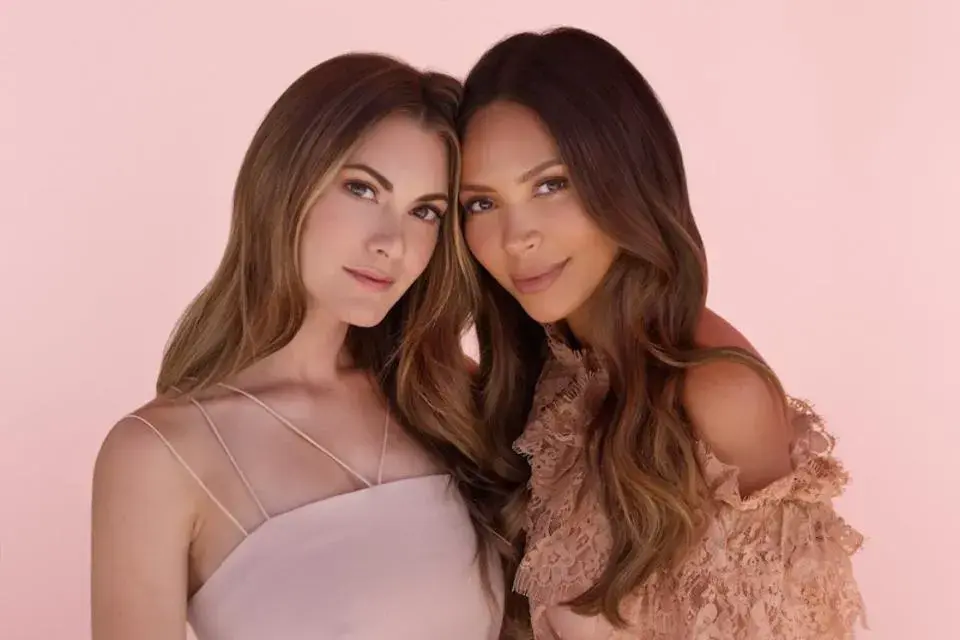ABC’s Shark Tank: Female Success Stories
- Ingrid Guo

- Feb 26, 2021
- 4 min read
Author: Eliana Eisman '22
Since the moment I could speak and express myself, I’ve been driven by a naturally competitive nature. Needless to say, I grew up watching television shows like America’s Got Talent, Cupcake Wars, and more recently, The Bachelor. A family favorite in my household was and continues to be ABC’s Shark Tank. We gather around the illuminated screen to make our own commentary on each episode’s featured entrepreneurs and predict who we think will invest. If you take a close look inside my house you might even find a few successful products like Aaron Krause’s “Scrub Daddy,” a sponge cleaning tool for dishwashing. But, as I’ve grown older and acquired an acute interest in finance, it’s become clear that tossing around tens of thousands of dollars isn’t very common. In fact, this money is only awarded to the best of the best.
So, what exactly is Shark Tank? The show’s most well-known deals amongst our generation include names like Ring Video Doorbell and The Original Comfy. It features selected entrepreneurs to pitch their service/product and its respective business model to a group of five investors known as the “sharks.” The panel is made up of none other than Mark Cuban, Kevin O’Leary, Daymond John, Robert Herjavec, Lori Greiner, and Barbara Corcoran, each worth between $100 million and $4.3 billion. As former entrepreneurs, their riches were completely self-made. If any of the “sharks” choose to make an investment, they take ownership of a certain percentage of the business, as well as a share of the profits. In return for giving up autonomous ownership, the entrepreneurs gain funding and access to their new partner’s “network of contacts, suppliers, and experience.” Not all of the show's contestants walk away a success, especially after frequently bitter negotiation, with around 56% of all historical pitches landing a deal. Of this group, 57% (284) were men, 27% (133) were women, and 16% (82) were mixed-gender teams.
As a young girl, I admired the show’s contestants that looked most like me, women. Tiffany Krumins and Talia Bahr Goldfarb, two successful Shark Tank female alumni shared their preparation experience and several business “takeaways” with Entrepreneur Magazine.
Tiffany Krumins’ product, Ava The Elephant, appeared on the TV show’s inaugural episode. As a former nanny, she often noticed the discomfort in children when it came time to take medicine. While taking care of a young boy with Down syndrome, Krumins’ put together a makeshift animal atop a medical dropper to administer the dosage. When he no longer rejected the medication and appeared rather soothed, she got to work patenting and building her brand. The idea transformed into a “singing medicine dispenser that takes the fear and anxiety out of medicine time.” Krumins originally asked the sharks for $50,000 for a 15% stake in her company and ended up making a deal with Barbara Corcoran for $50,000 for a 55% stake in her company. She reflects on the lengthy 4-month application process adding that, “I had no idea what I was getting myself into.” Ava The Elephant is now distributed in more than 10 countries, 10,000 stores, and brings in around $1 million annually. Her biggest takeaway from the show is that “overnight growth is not always a good thing” as it can be difficult to manage if unprepared. For those with a different experience than her own, she offers, “I’ve known many brands that grew at a steady pace and are still very strong...they took much longer to become ‘successful’ because they grew at a pace that was manageable.” Other advice from her interview includes hiring a 3PL (third-party logistics) company early on and waiting to approach retail buyers until your product is completely ready.
Talia Bahr Goldfarb appeared on Season 6 of Shark Tank with her innovative product Myself Belts. When her toddler first became potty trained, he struggled to use belts with fasteners but couldn’t keep his pants up without one! Goldfarb invented “an innovative belt line featuring a patented belt closure that makes dressing easier” to support anyone from “potty-training toddlers to school-age children, to adults with special needs or hand-dexterity challenges.” She presented the “sharks” with an offer of a 10% stake in her company for $60,000 and chose to partner with Daymond John with a 25% stake for $75,000. Goldfarb submitted a seven-minute video audition before leaving on a family trip to England, not expecting a response from the network. Just days later she received news of her tape date, recalling that from that point on, “I prepared and prepared and prepared.” She emphasizes the importance of accepting feedback, nothing that it “makes you better and allows you to think about issues in a different way...try to use critique to make you stronger.” Additional takeaways from her experience include knowing your company like the back of your hand and nurturing professional relationships.
Krumins and Goldfarb are prime examples of the show’s “success stories,” exceptionally demonstrating the qualities necessary to both entrepreneurship and female management.
Sources:
Image Sources:
Source 1: https://www.forbes.com/sites/carolynlipka/2018/10/22/sharktankseason10episode3recap/?sh=5ce6047d36c2










Comments